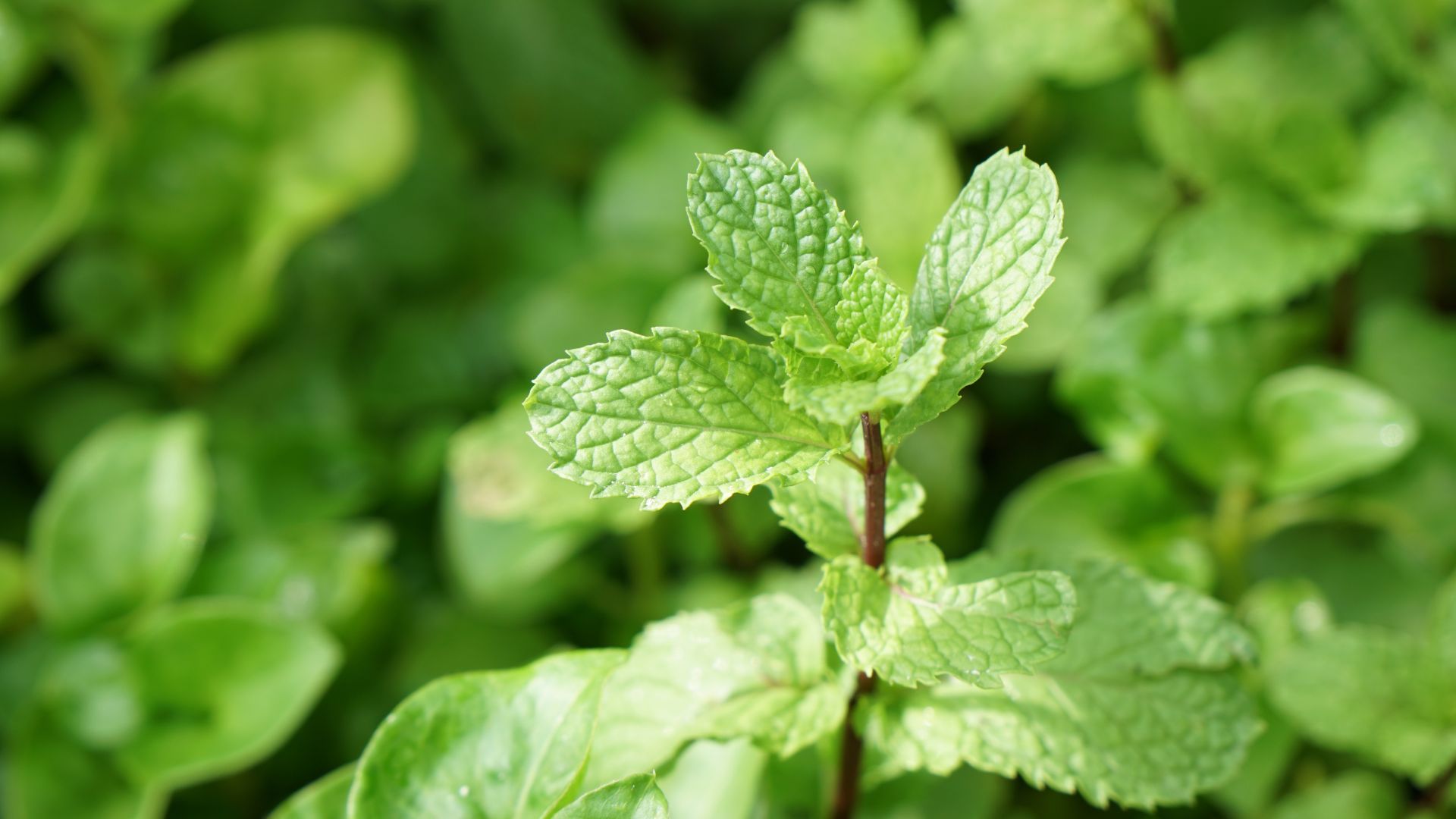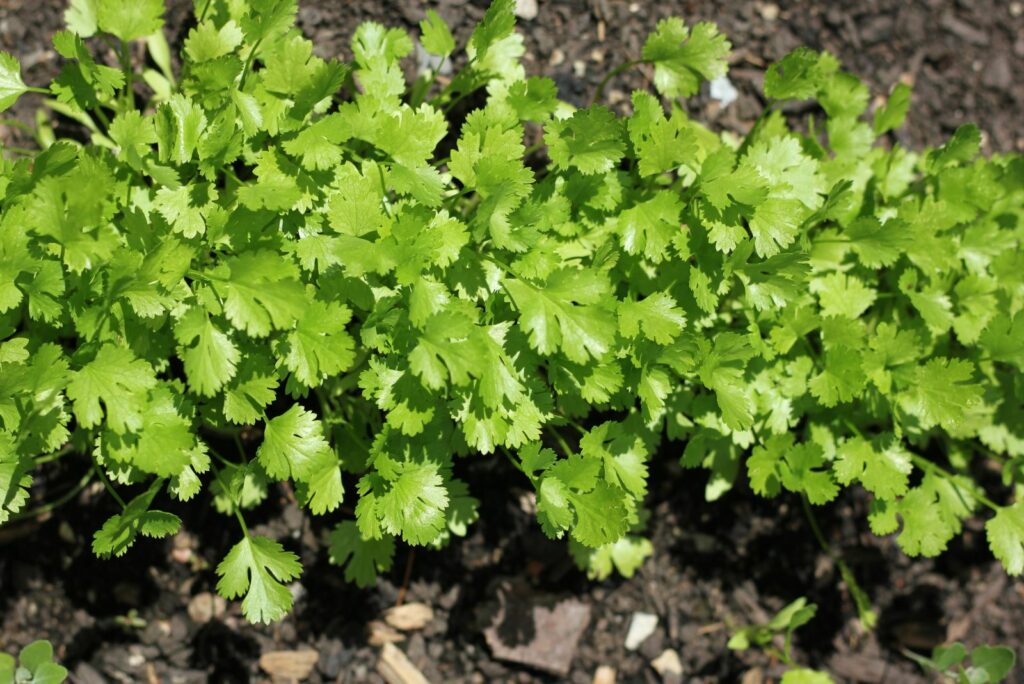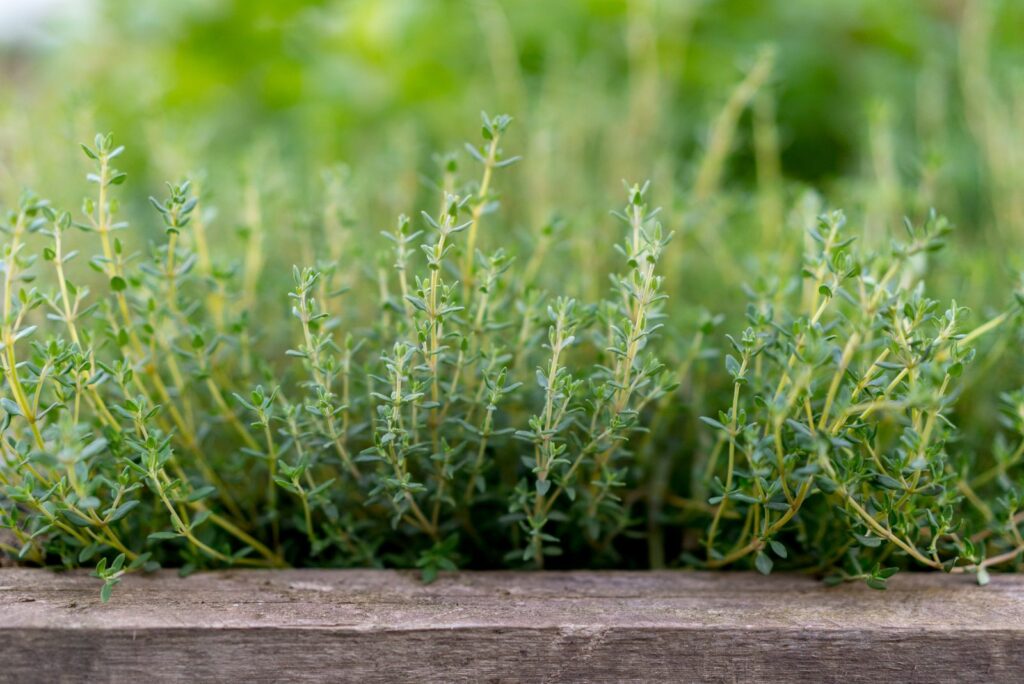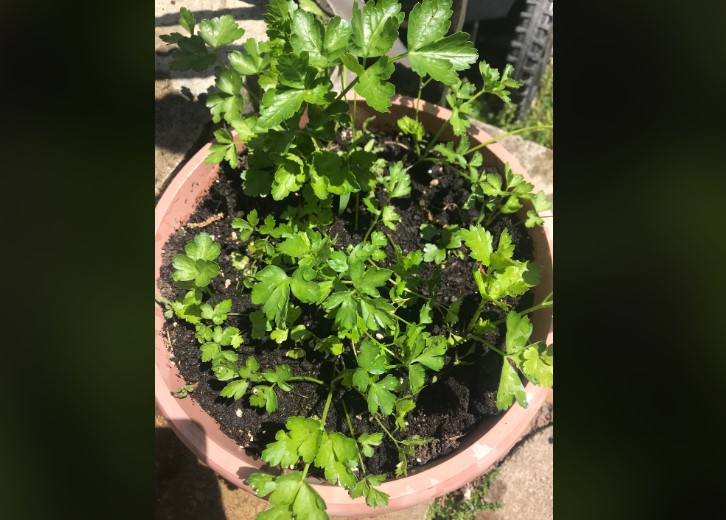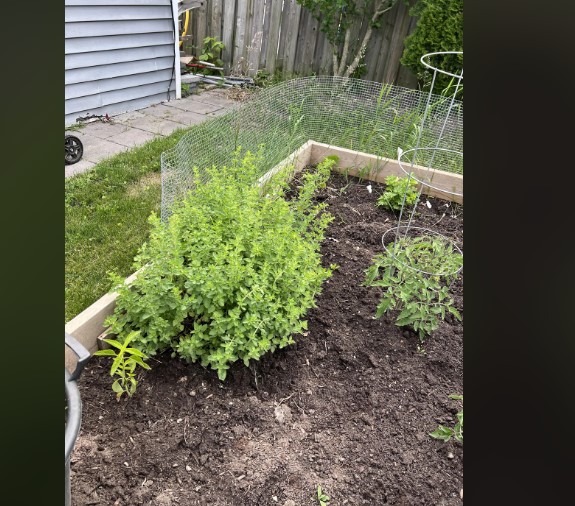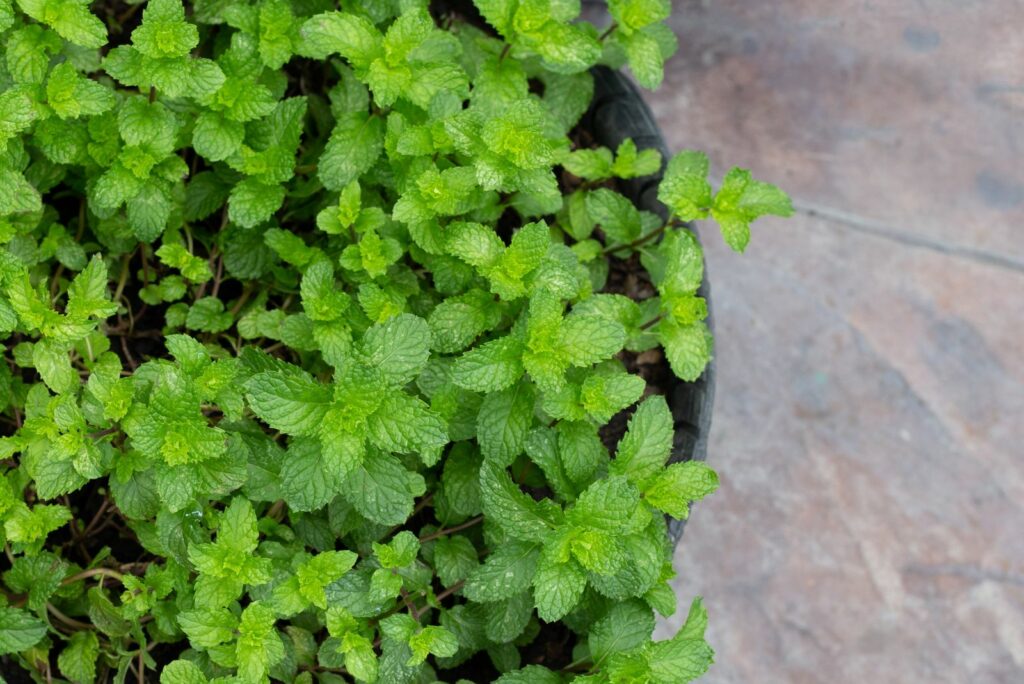There are a lot of tasks that need to be done this fall, but planting herbs should be at the top of your list! Even though you may be used to planting spices in the spring, autumn is actually the ultimate time for it.
Last fall, I decided that I wanted to bring some new herbs into my garden. That’s when my search for the perfect herbs to plant started. I found different kinds of herbs, but there was a list of five that stood out from the rest!
They were the easiest ones I’ve ever grown, all thanks to the amazing steps I followed. Let me tell you that the harvesting part was so successful that I had to freeze half of them because I didn’t have enough space to store all the spices!
With the right planting technique and a few tricks I’m about to show you, you’ll succeed too. Now, let’s take a peek into the list of herbs I prepared just for you!
#1 Let’s Start With The Easiest Herb To Plant, Cilantro
Planting cilantro in fall will give you more of the delicious leaves to harvest! You can prepare them with salsas, soups, sauces, and dressings.
This herb will provide you with many health benefits, such as lower blood sugar levels, and the leaves can help you cleanse your body of toxins! Isn’t that great?
Cilantro is one of the easiest herbs that you’ll be able to plant this fall. You’ll just need to sow seeds 1/4 to 1/2 inches deep and one to two inches apart in well-drained soil with an acidic pH of 6.2. All that is left to do is cover the cilantro seeds with soil and water them well.
After only three weeks, they will be ready for harvesting since they are fast-growing herbs!
#2 You Need To Pick The Right Spot In Your Garden For Thyme
Thyme is a herb that can be used fresh or dried. You can sprinkle it when making chicken, lamb, fish, or some grilled veggies!
Besides helping with bacterial infections and relieving coughs, this herb will keep mosquitoes, earworms, maggots, and whiteflies away from your plants for good. Keeping pests away by just planting thyme seems like a good idea, right? Here’s how you can do it.
If you want your thyme to thrive, you’ll need to place it in the sunny part of your garden! Remember that sun exposure is a must when growing this herb. You’ll need to dig a hole twice as wide as the nursery pot.
Place it in well-drained soil, spacing the seeds nine inches apart. After seventy-five days, you’ll be able to harvest your thyme! Don’t worry about the cold temperatures because this herb can survive winter in your garden easily.
#3 Should You Plant Parsley In Containers or Borders?
Chop parsley up and prepare it with your favorite salads or add it to your freshly cooked meals! It goes with everything, and the taste will be ten times better when parsley is in it.
If you are in a dilemma about where you should plant parsley, I have a solution for you. This herb turns out to grow best in a container with lots of drainage holes!
Fill your container with a premium potting mix. Place the seeds at least six inches deep, cover them with soil, and water well. After six weeks, your parsley will be ready to use!
#4 This Is How Much You Should Space Oregano Seeds For Better Growth
There is one important step when planting oregano seeds you’ll need to keep an eye on! Space oregano seeds nineteen inches apart in well-drained, fertile soil and water them.
By giving them enough space, they will grow better without being crowded, giving you plenty of leaves to harvest!
After six weeks have passed, bring your sweet little basket and collect your delicious reward. Later, you can use oregano on your homemade pizza! It’s also a great antioxidant, which makes oregano really good for your health.
#5 Choose Which Types Of Mint To Plant Wisely
Now we come to the last candidate for fall planting – mint! This herb will make your garden smell fantastic. Besides giving you a good scent that will leave you amazed, mint is rich in vitamins A and C, which will boost your health! Make some tea and enjoy its amazing minty taste.
How to plant mint? Start with choosing the best varieties. Chocolate, peppermint, spearmint, pineapple, and lemon bee balm are perfect types of mint you can plant. These varieties are some of the easiest and most delicious to grow!
You should sow seeds 1/4 inch deep in humus-rich and moist soil! Cover them lightly with soil and water well. After two months, your mint leaves will be fully grown and ready to harvest!
Make this fall all about planting herbs, because it will pay off when the harvest comes! With the help of these tricks, you’ll be able to plant them in the easiest way. The best part is that these five herbs are fast-growing, and they will be quickly ready for your meals!
My garden is filled with containers and raised beds for my spices. They even kept me free from the cold last winter! So, if you also want to boost your health and spice up your cooking, plant them!
Good luck!

